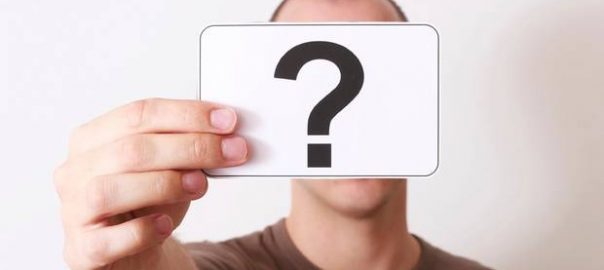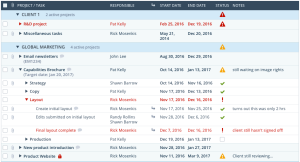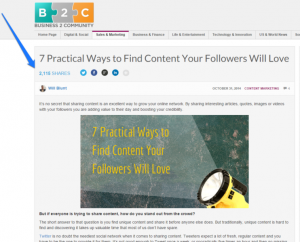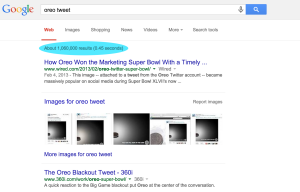
You know about the new buyer’s journey – in 2016, customers are in control of the relationship. Today’s buyer’s journey is social, self-directed, trust-based and transparent. Brands must acknowledge this fact and realize that the path to the sale requires maximum understanding of and empathy for the customer. You need to know your audience.
The best way to do this is to build buyer persona profiles in order to ensure your marketing team understands its primary audience.
A buyer persona is a detailed profile of your company’s ideal customer.
We’re talking about the type of customers you want to work with, who can truly benefit from your product or service. Your organization must have a deep understanding of this ideal customer in order to maximize your marketing efforts.
In order to build accurate persona profiles, you need to gather together customer-facing employees. They can be from the sales team, call center, marketing, as well as upper management. It’s helpful to have a cross section of the company so that you’re getting different voices coming from different angles; this will help you to build well-rounded personas.
Ideally, this is a full-day offsite session. You might think that sounds like an awful lot of time to spend on this exercise, but what could be more important than creating a deep organizational understanding of your customers? (I once spoke with a B2B marketer at a big technology company who spent six months creating buyer persona profiles. That’s overkill.)
The session needs to be facilitated by someone experienced at asking probing questions and pushing for the best answers. It requires questioning conventional wisdom. The facilitator doesn’t need to have all the answers; she needs to have all the questions.
Here are the areas you need to address in order to build your buyer persona profiles:
- What are the demographics? These are the basic facts, including age, gender, job title and geographic information. B2B organizations should identify the basic facts about the business customers they’re targeting – size, verticals, etc.
- What are their pain points? What keeps the customer up at night? What is the seemingly unsolvable problem they have that your solution addresses? Also consider whether they have a pain point that you might not address but that impacts their behavior and/or buying cycle. You should delve into the nature of the target’s typical job responsibilities – is their job frantic? Are they stuck in a slow-moving bureaucracy?
- How do they buy? Do your ideal customers do a lot of online research? Do they base purchase decisions on word-of-mouth recommendations? Are they methodical or do they make decisions quickly? What other considerations come into play before they buy?
- Why do they buy? What tips them into making a decision? Do they buy based upon price, or are they less-price sensitive? And what is the deciding factor for them – is it utility? Is it design?
- What are their values? We want to identify both the individual’s values and the target company’s values. For instance, consider whether being environmentally conscious is important to them.
- What makes them different? Sales should have a good handle on this if they’ve been in the game for a while. They should understand the difference between a prospect who doesn’t buy and one that does. What are the identifying traits of the prospects who becomes customers?
- What is their personality? Here, you’re considering their psychographics, which means their likes, attitudes and opinions. The purpose is to get at what drives their decision-making mentality. Your customer is probably a “certain type of person” – make sure that everyone on your team understands this personality type.
As you can see, identifying your buyer personas comes down to asking the right questions. It’s a matter of digging deep, asking follow-up questions, and having a willingness to question accepted industry truths. Facilitating this session in a way that pushes to create a deep understanding is a critical component in gaining understanding of the audience.
Take your time, do it right. And then do it again periodically – because you can be sure your customers are evolving, and you need to evolve with them.
Business & Finance Articles on Business 2 Community
(101)
Report Post








